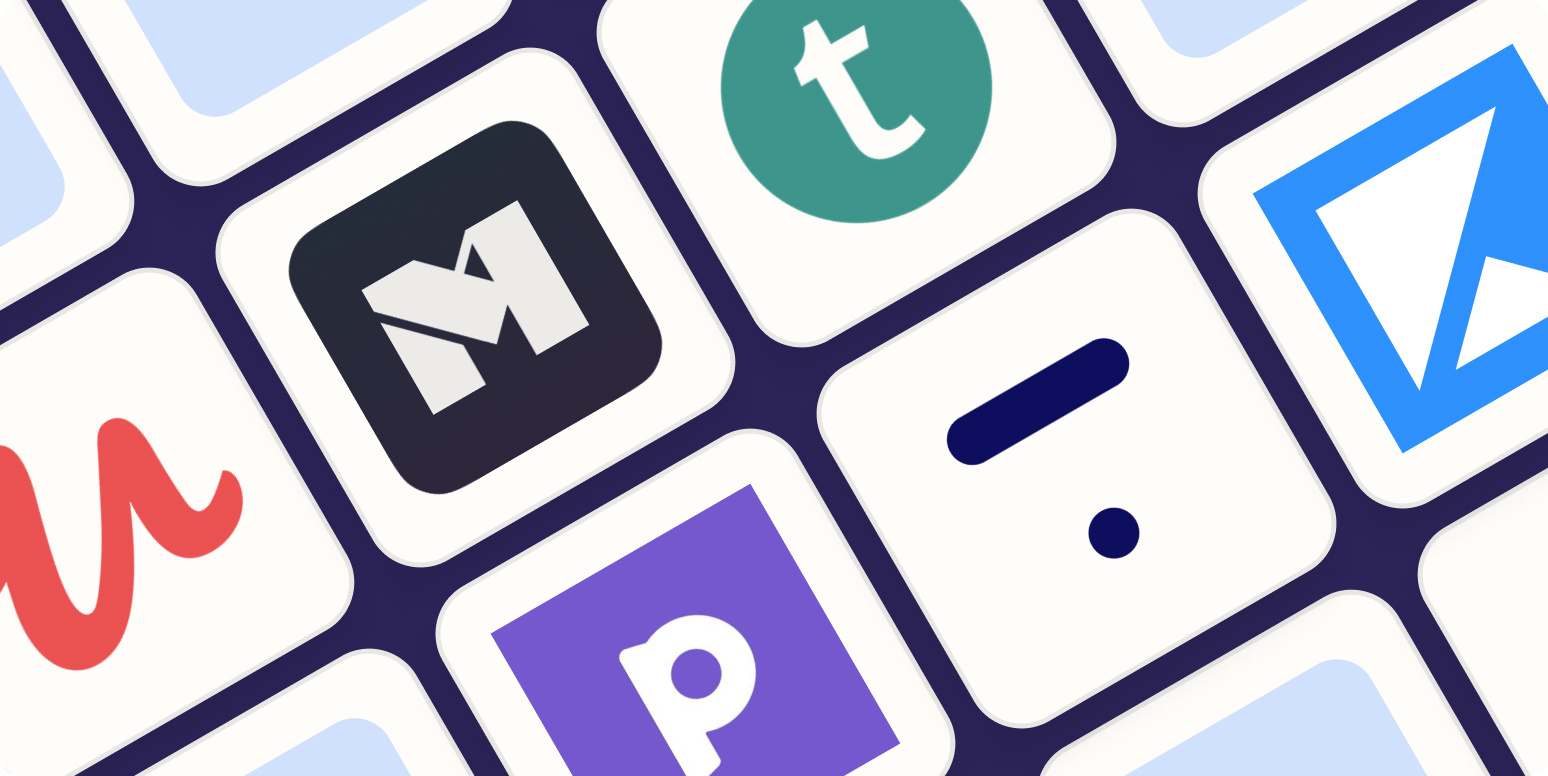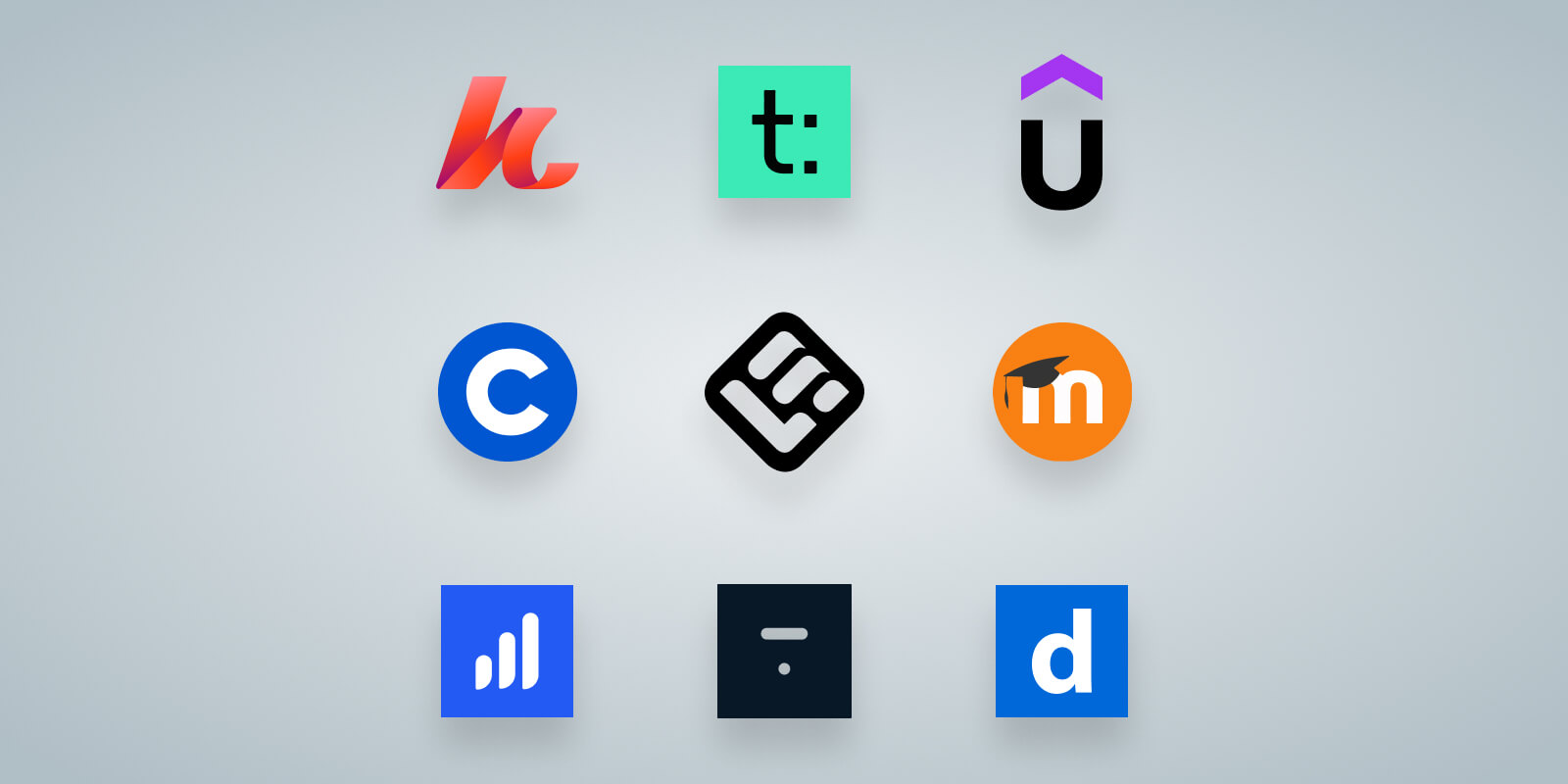Introduction
Mobile apps are at the heart of the modern digital experience. From booking rides to managing finances, communicating, and even learning new skills, mobile apps have revolutionized the way we interact with the world. As of 2025, over 7.5 billion mobile users worldwide rely on smartphones daily, and the mobile app economy is projected to reach over $935 billion in revenue.
With this immense demand, businesses and developers are racing to create better, faster, and more engaging mobile apps. But successful mobile app development requires more than just coding—it involves strategic planning, UX/UI design, architecture, testing, deployment, and ongoing optimization.
Why Learn Mobile App Development?
Mobile apps are a powerful tool for business growth, brand loyalty, customer engagement, and even passive income. Developers with mobile expertise are in high demand, and learning this skill opens up countless career and entrepreneurial opportunities.
Mobile App Ecosystem Overview
The mobile ecosystem is divided into two major platforms:
- Android: Developed by Google, Android dominates globally with 70%+ market share. It's open-source and customizable, used by a range of manufacturers (Samsung, Xiaomi, etc.).
- iOS: Apple's proprietary operating system with high user retention, preferred in the U.S., Canada, and many parts of Europe. Known for its performance and monetization capabilities.
Each platform has its own SDKs, design guidelines, programming languages, and app stores (Google Play and Apple App Store). Understanding the nuances of each is essential for any serious app developer.
Types of Mobile Applications
Mobile apps can be categorized based on how they are developed and deployed:
1. Native Apps
Built specifically for Android or iOS using platform-native languages (Kotlin/Java for Android, Swift/Objective-C for iOS). Offers top performance and full access to device features.
2. Cross-Platform Apps
Developed using frameworks that work on both Android and iOS with a shared codebase. Examples: React Native, Flutter, Xamarin.
3. Hybrid Apps
Web-based apps wrapped in a native container using technologies like Ionic or Cordova. Easier to build but limited in performance.
4. Progressive Web Apps (PWA)
Web applications with app-like behavior, installable via browser. Great for reach but still limited compared to native features.
Cross-Platform vs Native Development
Choosing between native and cross-platform development depends on budget, time, app complexity, and performance requirements:
| Criteria | Native | Cross-Platform |
|---|---|---|
| Performance | High | Moderate to High (Flutter excels) |
| Development Time | Longer (two codebases) | Shorter (one codebase) |
| Cost | Higher | Lower |
| UI Consistency | Perfect (native widgets) | Depends on framework |
| Device Feature Access | Full | Depends on plugins/APIs |
In 2025, cross-platform frameworks like Flutter and React Native have matured significantly, making them viable for many enterprise apps.
Mobile App Development Workflow
Developing a mobile app involves several stages beyond just writing code. Here's a typical lifecycle:
- Idea & Goal Definition: What problem does your app solve? Who is the target user?
- Market Research: Analyze competitors, user needs, trends, and opportunities.
- Wireframing & Prototyping: Plan layout, navigation, and features using tools like Figma or Adobe XD.
- Tech Stack Selection: Choose between native or cross-platform frameworks, databases, and APIs.
- Development: Build frontend (UI) and backend (server logic, databases, authentication, APIs).
- Testing: Identify bugs, check performance, and optimize UX.
- Deployment: Publish to app stores and distribute via internal testing tracks.
- Post-launch: Collect user feedback, release updates, and monitor analytics.
Designing for Mobile: UX/UI Principles
Design is critical in mobile app success. A poor UI/UX can lead to churn even if the app works perfectly.
- Consistency: Follow platform-specific guidelines (Material Design for Android, Human Interface Guidelines for iOS).
- Minimalism: Show only what users need. Prioritize speed and clarity.
- Tap-friendly design: Ensure buttons and links are large enough for fingers.
- Fast onboarding: Guide users on how to use the app within 60 seconds.
- Offline functionality: Add support for intermittent connectivity where possible.
Popular Tools and Frameworks (2025)
- Flutter (Dart): Google’s UI toolkit for building natively compiled apps. Known for speed and beautiful UIs.
- React Native (JavaScript): Developed by Meta. Allows code sharing between web and mobile.
- Swift (iOS): Apple’s official language for iOS app development.
- Kotlin (Android): JetBrains-backed modern language fully supported by Google.
- Xcode & Android Studio: Official IDEs for iOS and Android respectively.
Backends, APIs, and Databases
Most mobile apps need to store and retrieve data from a backend. You can build one from scratch or use BaaS (Backend as a Service):
Common Backend Solutions
- Firebase: Google’s BaaS with authentication, database, storage, analytics, and hosting.
- Supabase: Open-source Firebase alternative with PostgreSQL backend.
- Node.js + Express: Build custom APIs using JavaScript.
- Django or Flask: Python-based backend frameworks.
API Communication
Use REST or GraphQL for client-server communication. For security, always use HTTPS and authenticate requests via tokens (OAuth, JWT).
App Monetization Strategies
Monetizing your app effectively requires alignment with your audience and app type. Common models include:
- Freemium: Free app with in-app purchases or upgrades (popular for productivity and games).
- Ads: Display banners, interstitials, or rewarded videos using platforms like Google AdMob or Meta Audience Network.
- Subscription: Monthly/annual fees for full features (common in fitness, finance, learning apps).
- One-time purchase: Users pay once to unlock the app (used more often in premium tools).
- E-commerce: Direct product or service sales through the app.
Testing and Quality Assurance
Testing ensures your app works correctly across devices, OS versions, and screen sizes.
- Unit Testing: Test logic in isolation (functions, services).
- UI Testing: Test visual interface behavior (e.g., using Espresso or XCTest).
- Manual Testing: Performed by QA to simulate user interaction.
- Beta Testing: Tools like TestFlight (iOS) and Google Play Console (Android) for early feedback.
- Automated Testing: Use Detox, Appium, or Firebase Test Lab to test across devices.
App Store Optimization (ASO)
Just like SEO for websites, ASO helps your app get discovered organically on app stores.
- App Title: Include relevant keywords naturally.
- Description: Highlight features, benefits, and call-to-action.
- Screenshots & Video: Showcase real use cases and UI.
- Ratings & Reviews: Encourage feedback from happy users.
- Localization: Offer app store content in different languages to reach wider markets.
Mobile App Security Best Practices
Security is often neglected but critical, especially for apps handling sensitive data.
- Use strong authentication and encryption for user data.
- Never store sensitive data (e.g., tokens) in plain text.
- Validate all backend API requests (don’t trust the client).
- Use obfuscation to protect source code in Android APKs.
- Regularly update libraries and SDKs to patch vulnerabilities.
Post-launch Success: What Happens After Release?
The work doesn’t stop at launch. Post-release is where long-term success is built:
- Monitor crashes: Use Firebase Crashlytics or Sentry.
- Track user behavior: Google Analytics, Mixpanel, Amplitude.
- Push notifications: Re-engage users with relevant updates (use Firebase, OneSignal, or native tools).
- Regular updates: Fix bugs, add features, respond to reviews.
- Community engagement: Respond to users, create forums, and foster loyalty.
Success Tip
Apps with weekly or biweekly updates are favored by app stores and users. Continuously ship value and iterate based on feedback.
Conclusion
Mobile app development is a dynamic, rewarding, and ever-evolving field. With the right blend of design thinking, technical skill, user empathy, and strategic planning, you can build apps that not only work—but thrive in a crowded marketplace.
Whether you're an aspiring developer, an entrepreneur launching your first app, or a team lead scaling a product, the fundamentals covered here form a strong foundation. Remember: building an app is not just about technology—it's about solving real problems in people’s lives.
In 2025 and beyond, mobile apps will continue shaping our daily routines. If you can code, create, test, and improve with purpose—you’ll be at the center of this transformation.



